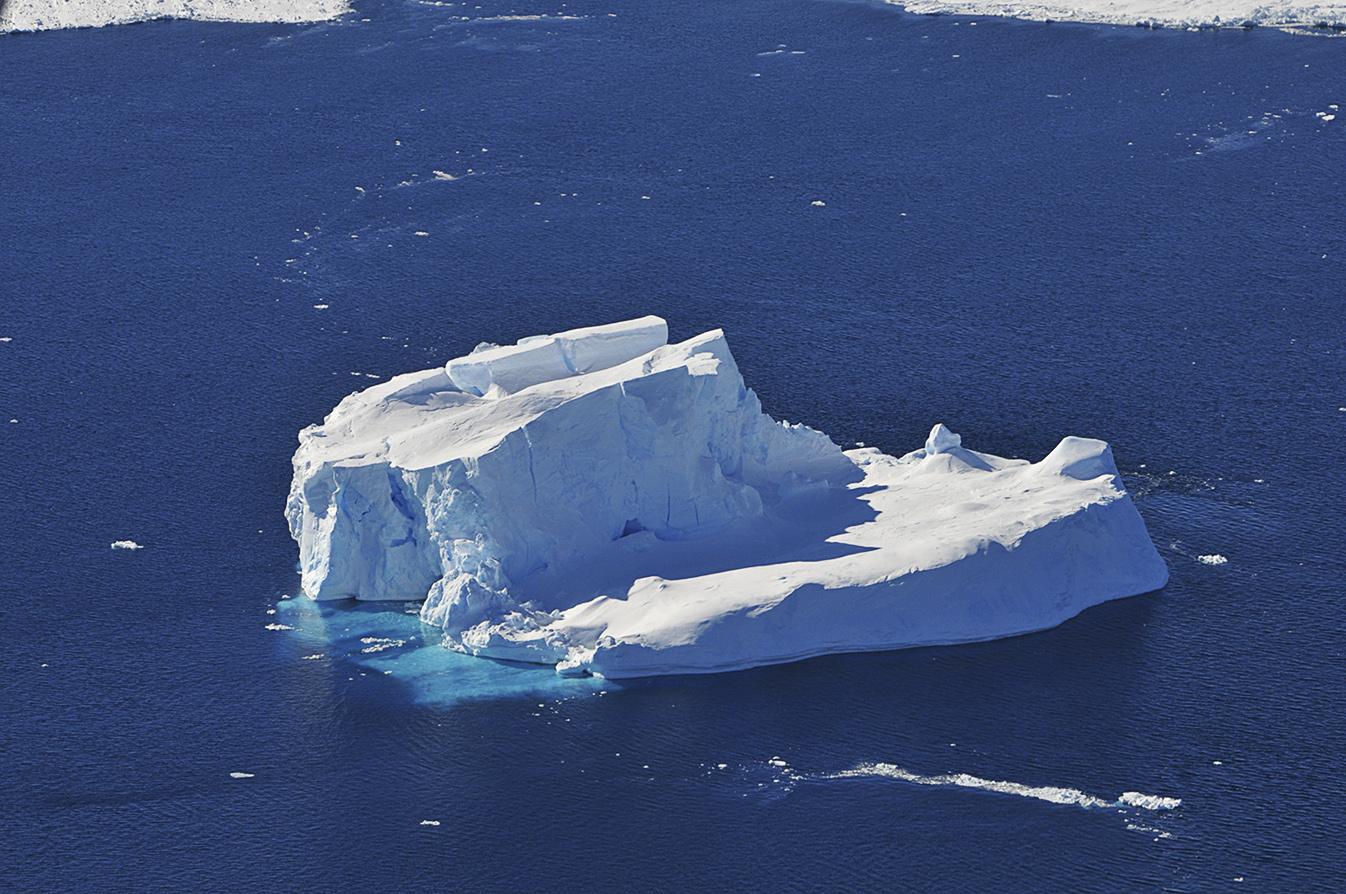
Why do Lakes turnover?
Lakes are found to have turnover†during the spring and in the fall. The spring turnover is of more important to the fishermen who work in spring season. The lake turnover occurs during spring season when the ice is separated off from the lake. The sun melts the ice in the lake and warms the surface waters till the waters become denser at 4 Degrees Centigrade. The dense water tries to move to the bottom and makes the less dense water to move up to the surface. This causes the water column to get exchanged in the lake. Similar to the spring season, Lake Turnover also occurs during the period of fall. This occurs before the lake gets frozen up. The heated waters in the upper surface get cooled slowly due to blowing of the winds and they become denser. These dense waters flow to the bottom and gradually the waters in the lake start to cool down and later freeze.
It was studied that Turnover†that happens in spring as well as in fall, is the procedure for the nature to re-oxygenate the water. The temperature bands are created due to layering of water caused in summer and winter. The oxygen deficiency can cause the fish to be killed in winter as well as in the summer. The Turnover†was found to be initiating the mixing of water due to the winds blowing during spring and fall. Turnover will re-oxygenate the water and makes the environment congenial for the survival of the fish.
Turnover is a phenomenon that is accepted and required by the water in the lake. This process of Turnover†will mix up the bottom of the lake making the vegetative debris to keep floating. It increases the turbidity of water. The oxygen levels drop down for a period of 1-2 weeks and the fish will not be able to find their food for some time. After turnover occurs, the fish will be able to get enough oxygen and start to find their food.











Leave a Reply